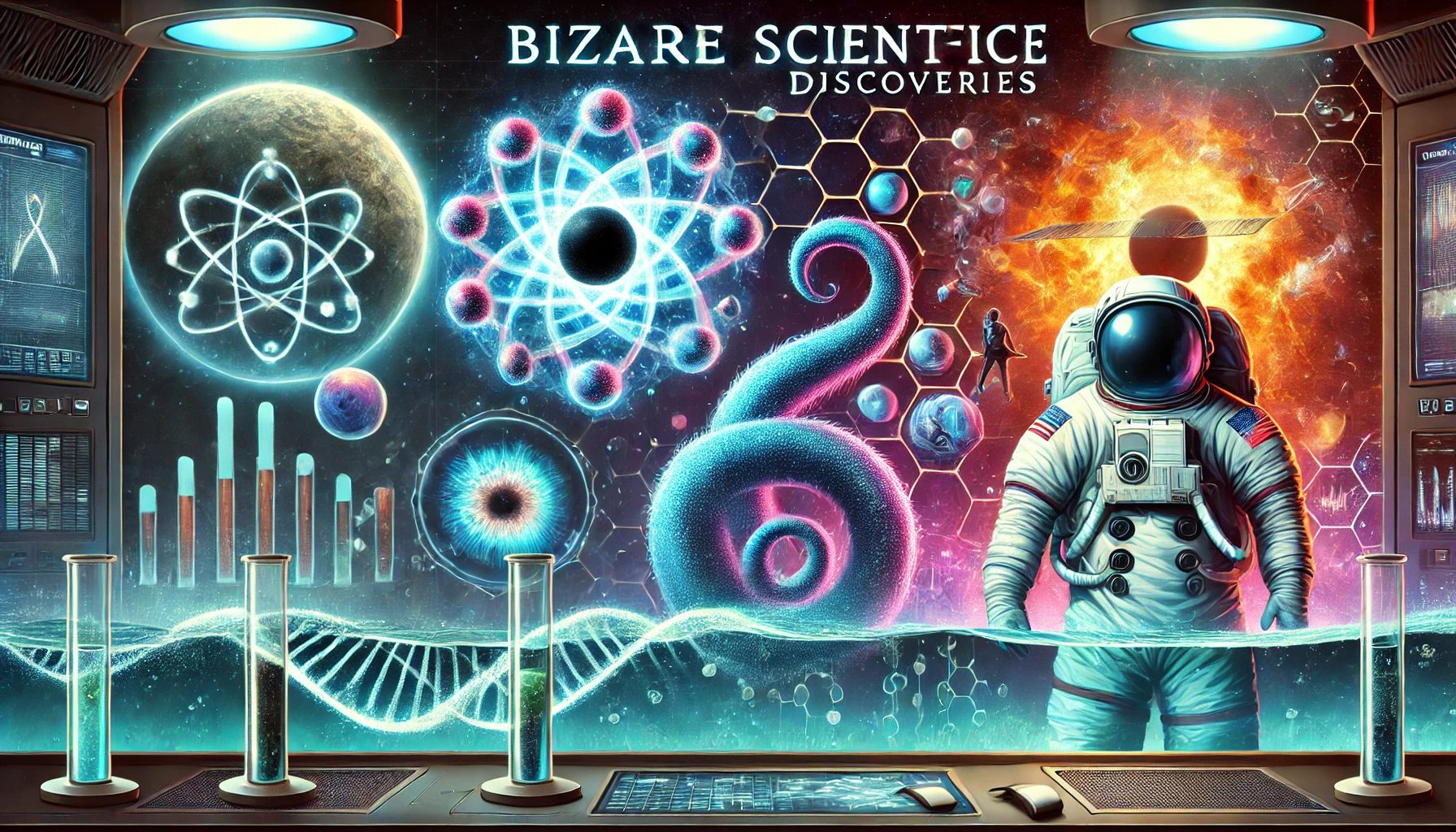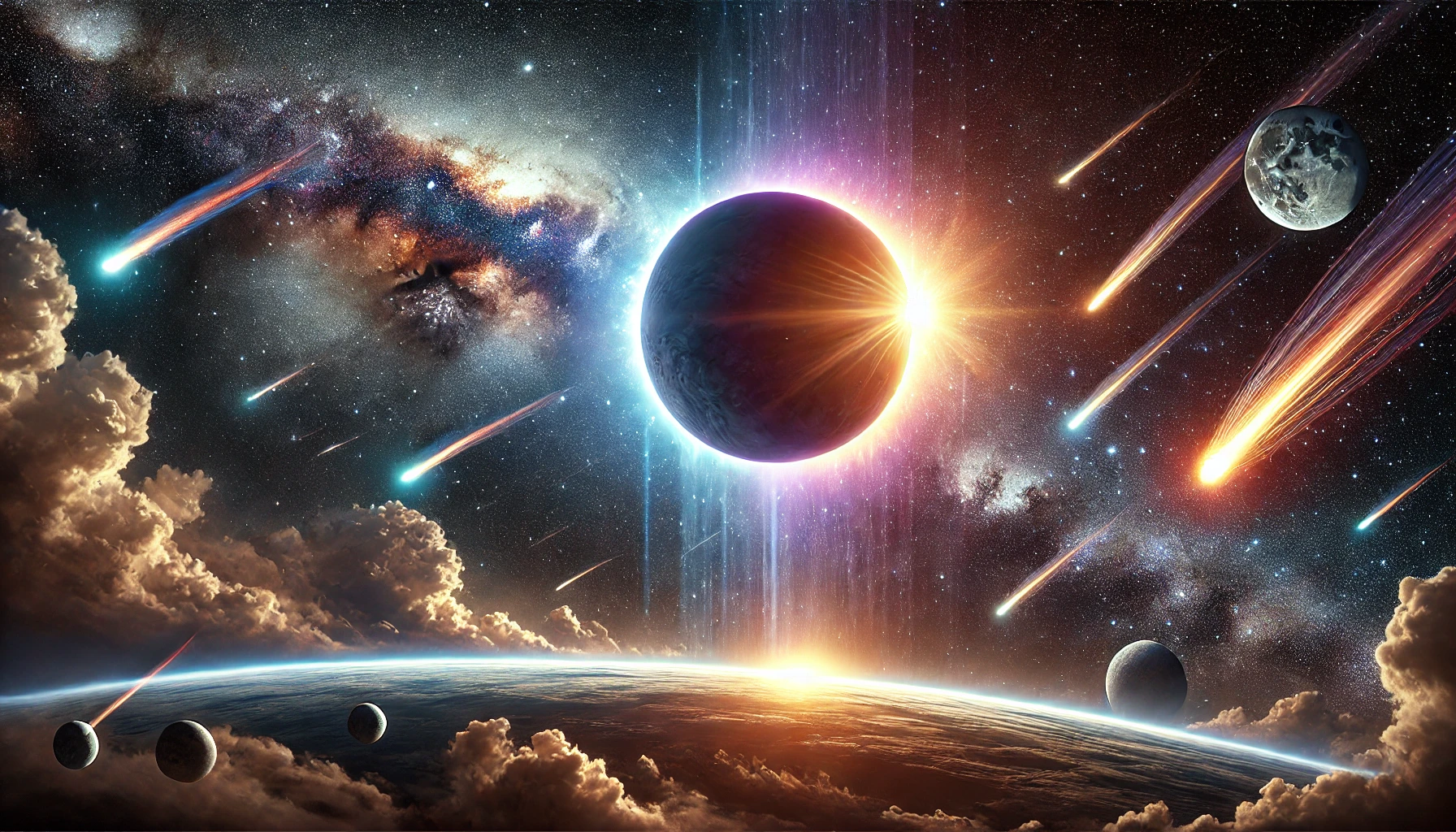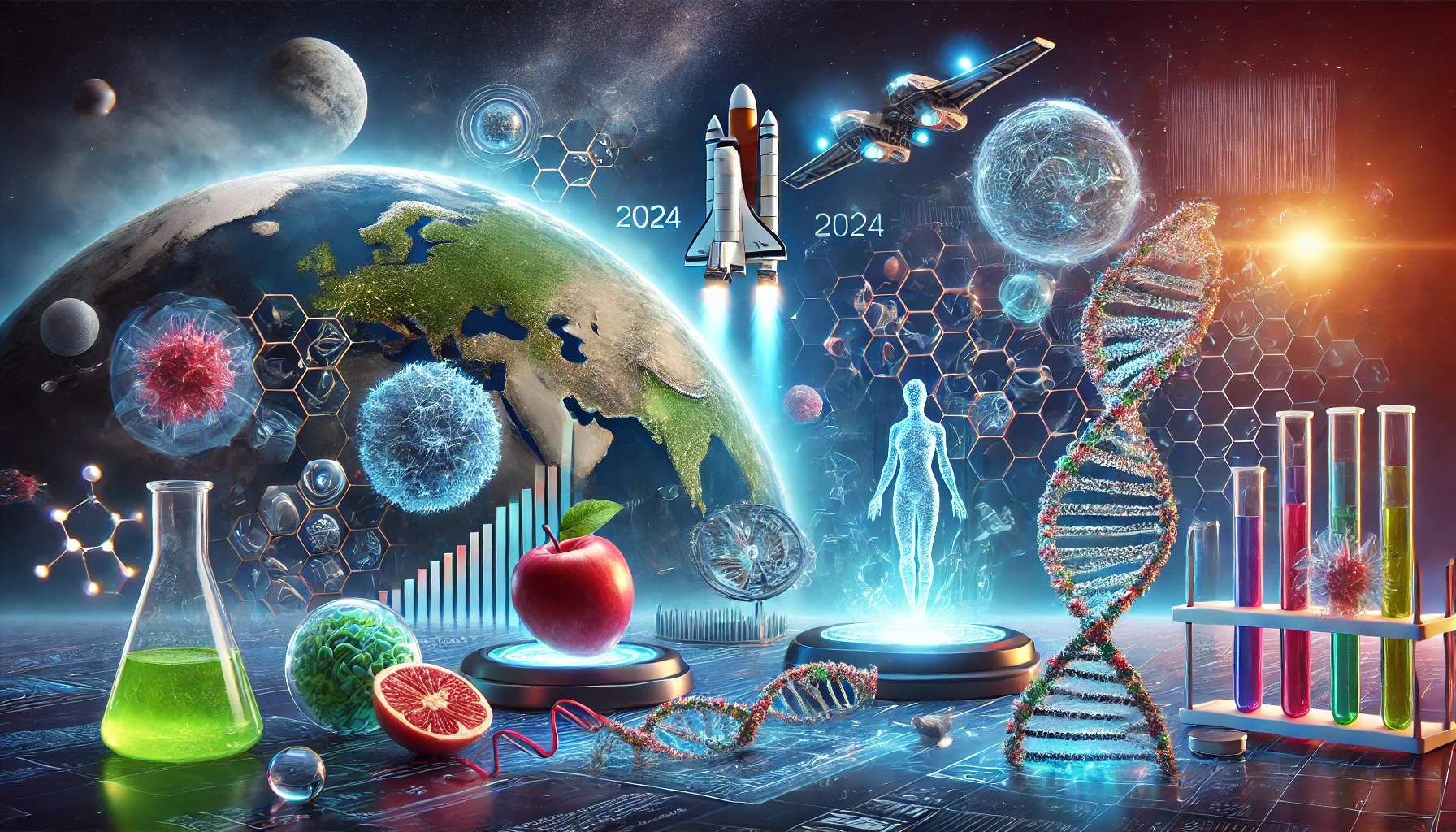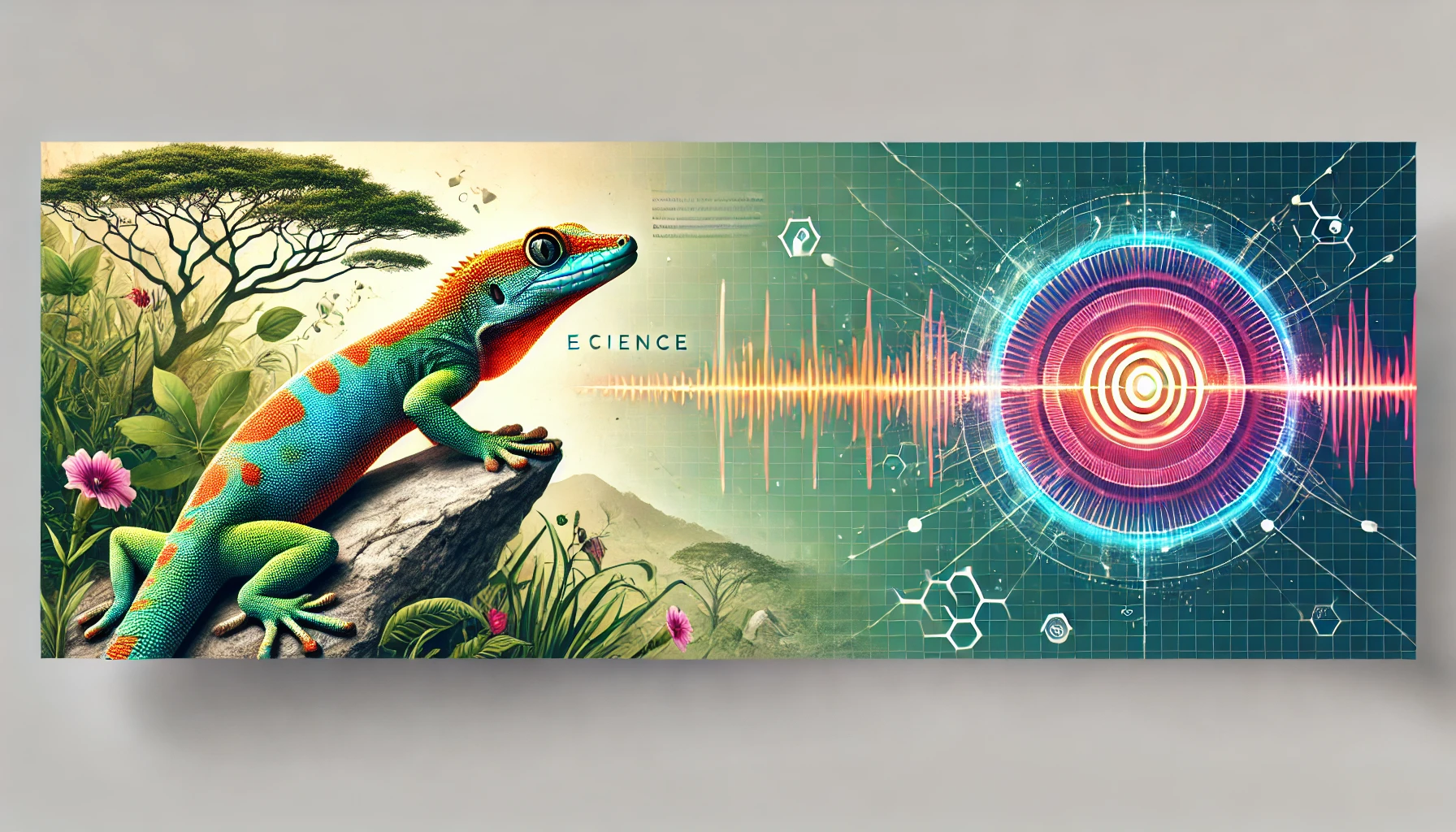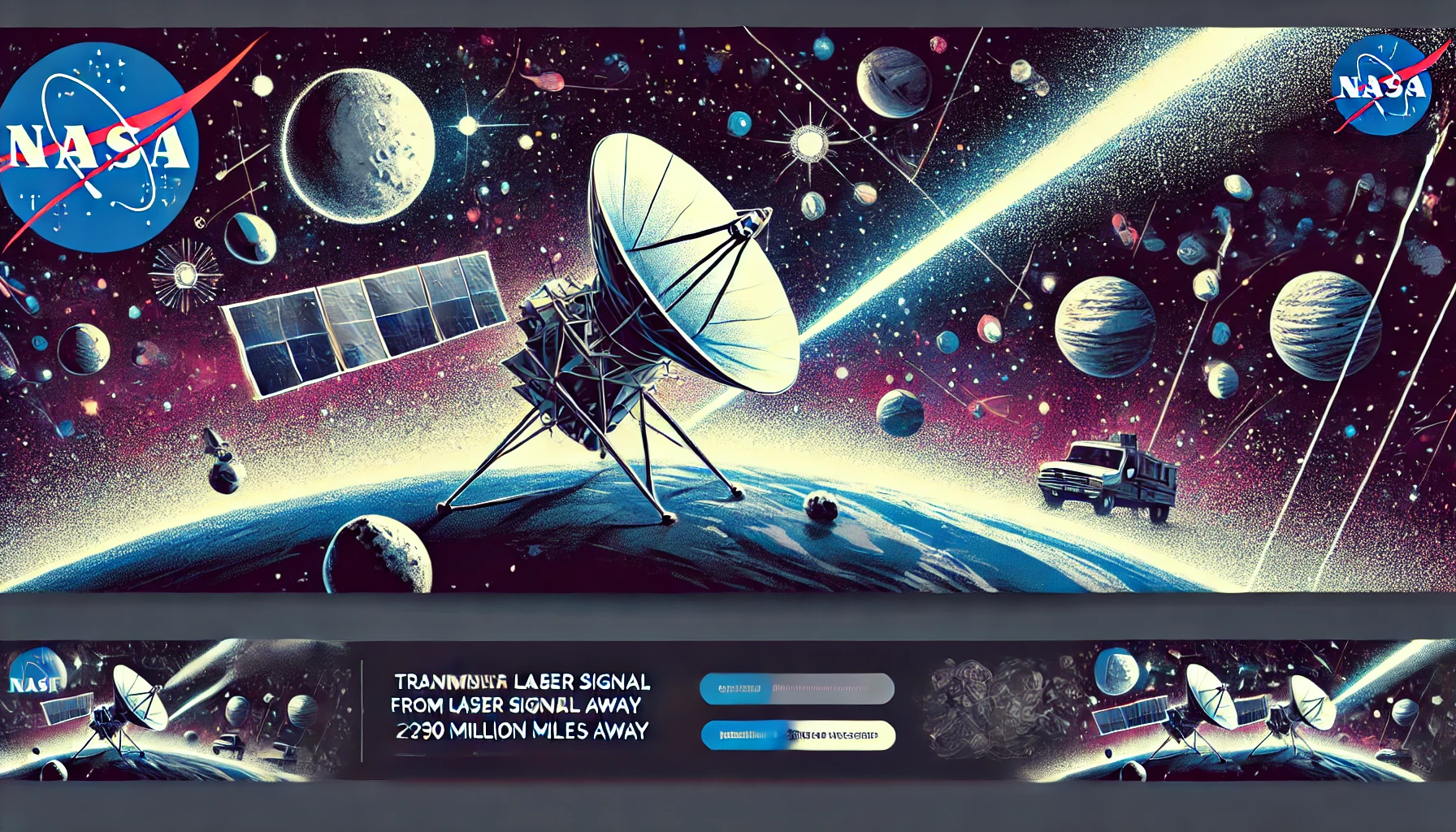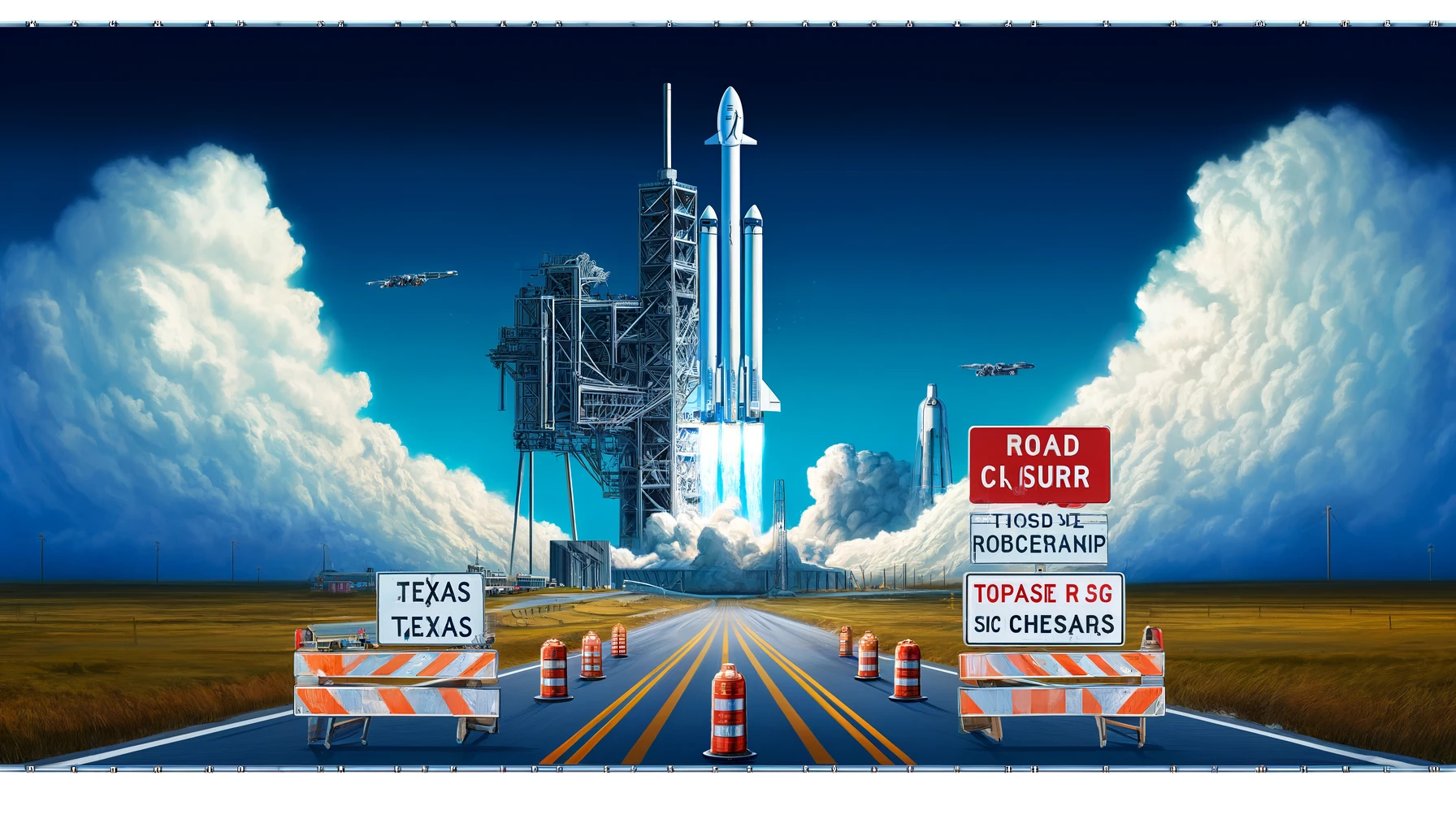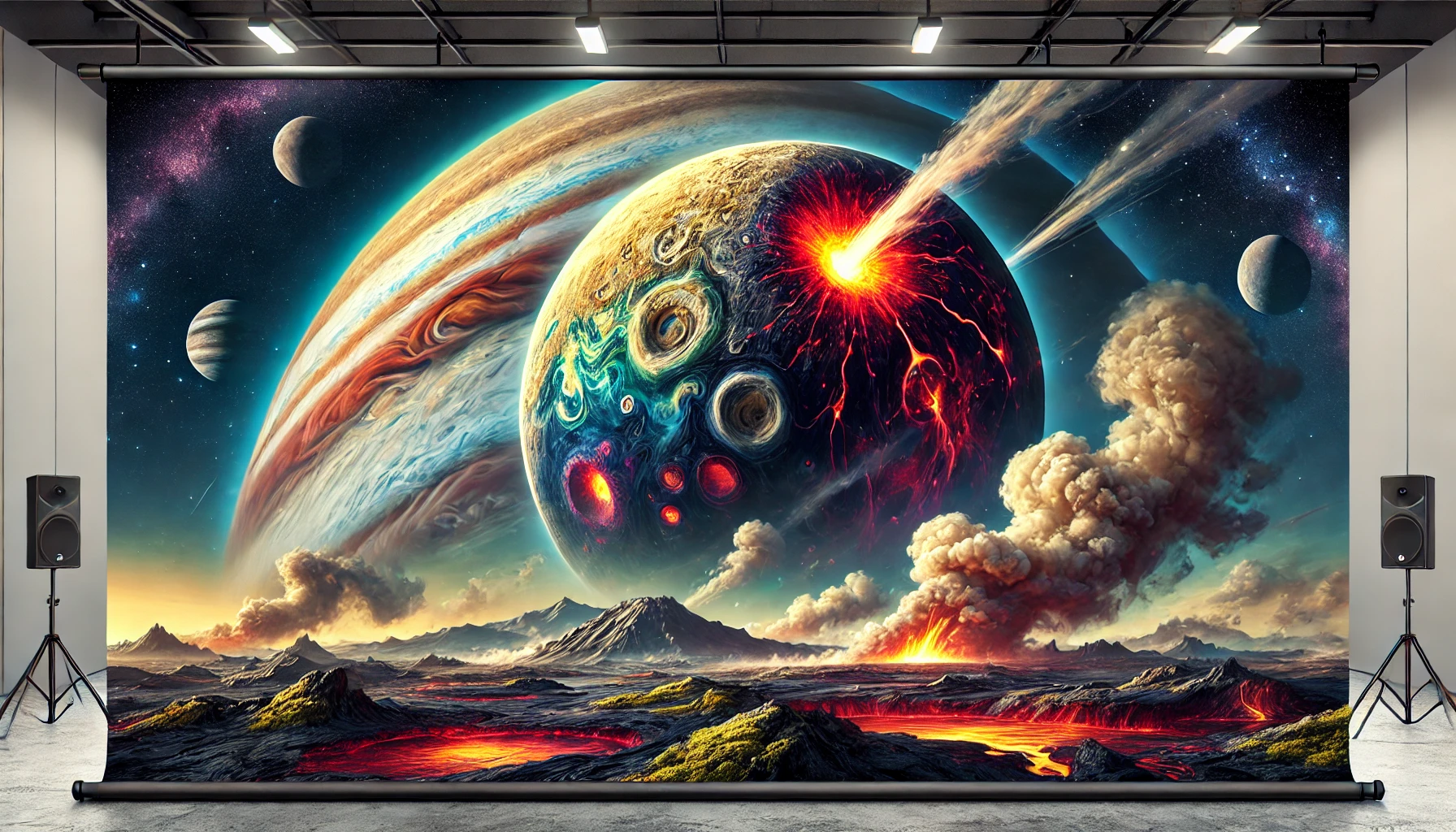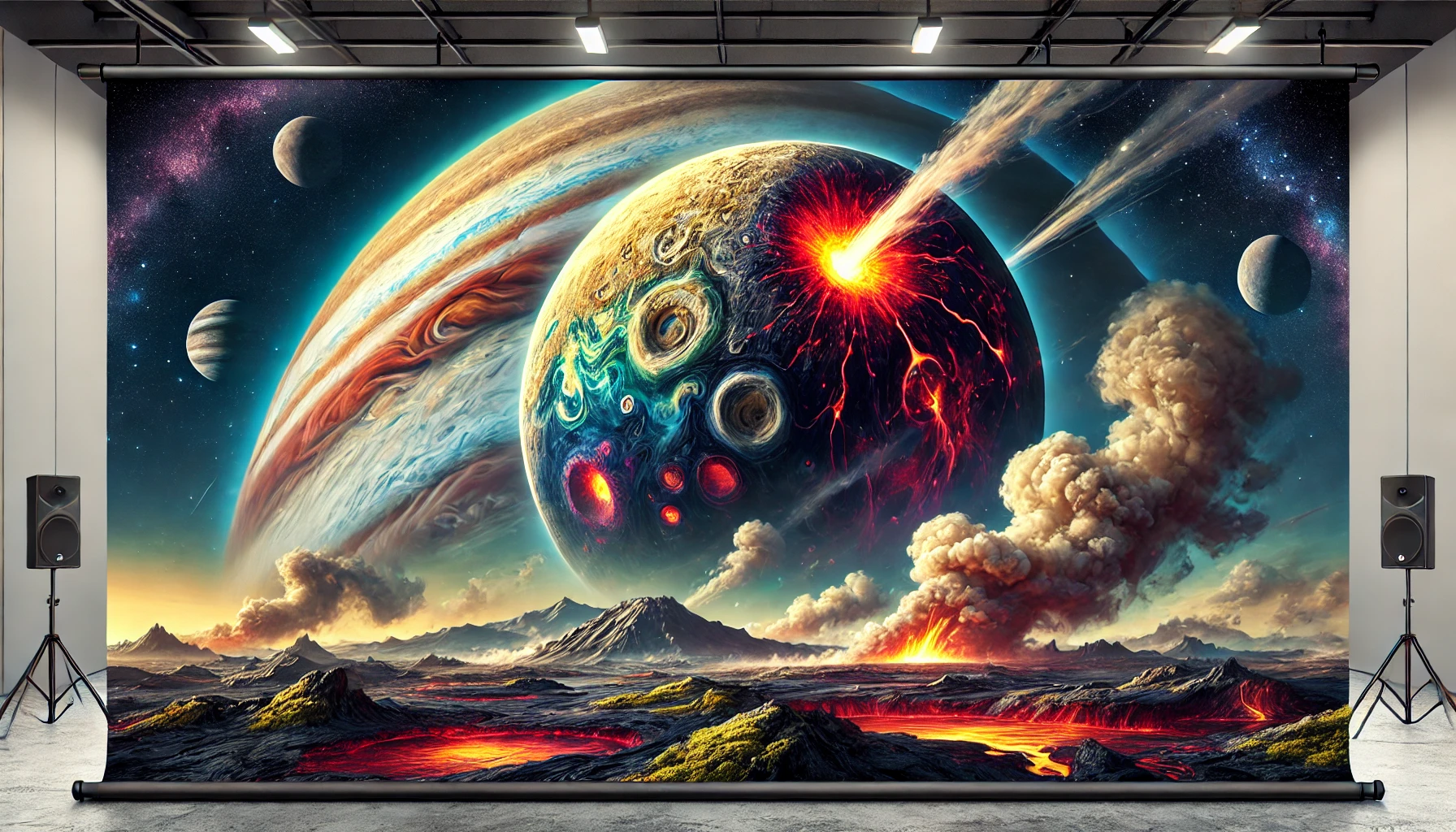Science constantly unravels the mysteries of the universe, yet some discoveries remain so bizarre they leave even experts scratching their heads. From strange scientific facts to unexplained scientific events, the world of research is filled with surprises. In this article, we explore curious scientific anomalies and unusual scientific findings that challenge our understanding of reality. 1. The Mysterious Science Behind Quantum Entanglement One of the most mind-boggling scientific discoveries is quantum entanglement. This phenomenon occurs when two particles remain connected regardless of distance, allowing them …
Psychology and mental health are deeply connected, influencing everything from our thoughts and emotions to our behaviors and overall well-being. Understanding psychological facts can help us navigate daily challenges, improve emotional intelligence, and build psychological resilience. In this blog, we will explore essential psychological constructs, how cognitive behavioral therapy (CBT) can improve mental health, and the role of personality tests in self-discovery. What is Psychology and Why Does It Matter? Psychology is the scientific study of the mind and behavior. It helps us understand why …
The year 2025 is packed with breathtaking celestial events, from solar and lunar eclipses to planetary alignments and meteor showers. Whether you are an amateur stargazer or an astronomy enthusiast, this guide will help you mark your calendar for the most awe-inspiring 2025 astronomical events. 1. 2025 Solar Eclipses: Dates and Viewing Tips Solar eclipses are among the most mesmerizing celestial events. In 2025, we will witness two major solar eclipses: March 29, 2025 – Partial Solar Eclipse visible from North America and Europe. September …
The world of science in 2024 is brimming with groundbreaking discoveries that promise to shape the future of humanity. From advancements in space exploration to biomedical breakthroughs, this year’s innovations demonstrate the power of ingenuity and persistence. Let’s explore the top science discoveries of 2024, covering key areas like space, healthcare, and materials science. The Latest Discoveries in Space 2024: Charting New Frontiers NASA Artemis Program Updates: Redefining Lunar Exploration NASA’s Artemis program continues to capture global attention in 2024. With the successful test of …
Geckos, often seen as small and unassuming creatures, possess extraordinary abilities that challenge our understanding of animal perception. Recent studies have uncovered a unique adaptation in these reptiles: the saccule, a part of their inner ear, plays a pivotal role in what can be described as their “sixth sense.” This fascinating discovery not only enhances our understanding of gecko physiology but also opens doors to insights about the evolution of hearing in animals. In this blog post, we will delve into how geckos utilize their …
NASA’s latest milestone in space exploration has arrived with the Psyche spacecraft, which has successfully transmitted a laser signal from a staggering distance of 290 million miles. This groundbreaking achievement marks a significant leap forward in the capabilities of deep space communication. As the Psyche mission unfolds, it not only aims to explore the metallic asteroid Psyche but also showcases the potential of advanced technologies like laser communication. Understanding the Psyche Mission The Psyche spacecraft is part of NASA’s mission to study the unique asteroid …
As SpaceX gears up for its next Starship launch, excitement and anticipation are building among space enthusiasts and the general public. However, the preparations come with some inconveniences, particularly for those traveling in and around the Boca Chica area in Texas. The local authorities have announced Texas road closures that will impact traffic as the company prepares for this significant event. This blog will explore the implications of the upcoming launch, detail the expected road closures, and provide essential information for those planning to visit …
Jupiter, the giant of our solar system, is not just known for its massive size and swirling storms. It is also home to some of the most intriguing moons, including Io, renowned as the most volcanically active body in the solar system. This blog will delve into the fascinating characteristics of Jupiter’s Io, examining its unique volcanic activity, the mechanisms that drive it, and the broader implications for understanding other celestial bodies. We will also explore the possibility of distant planets hosting volcanic moons like …
Jupiter’s moon Io is a world of extremes, renowned for its intense volcanic activity and unique geological features. As the most volcanically active body in the solar system, Io has fascinated astronomers and planetary scientists alike. Researchers have long sought to understand its geology, the mechanisms driving its eruptions, and what this might mean for other celestial bodies. In this blog post, we will delve into the nature of Jupiter’s Io, its volcanic activity, and the intriguing possibility that distant planets may host volcanic moons …
Spider-Man, the iconic web-slinging superhero, has been capturing imaginations for decades with his ability to swing between skyscrapers and immobilize villains using his specially designed webs. But what if this fictional web-slinging technology could exist in real life? Inspired by Spider-Man, researchers are now working to make web-slinging technology a reality, and the results are nothing short of amazing. At the forefront of this research is Tufts University, where scientists have developed silk-based fibers that mimic Spider-Man’s abilities. While we might not be web-slinging across …

